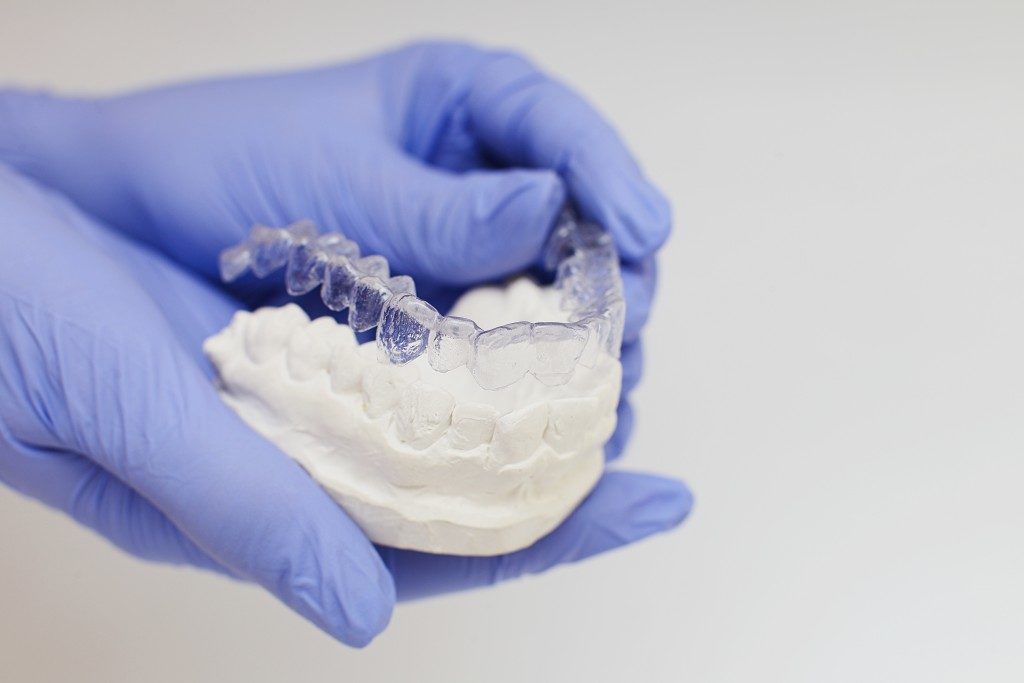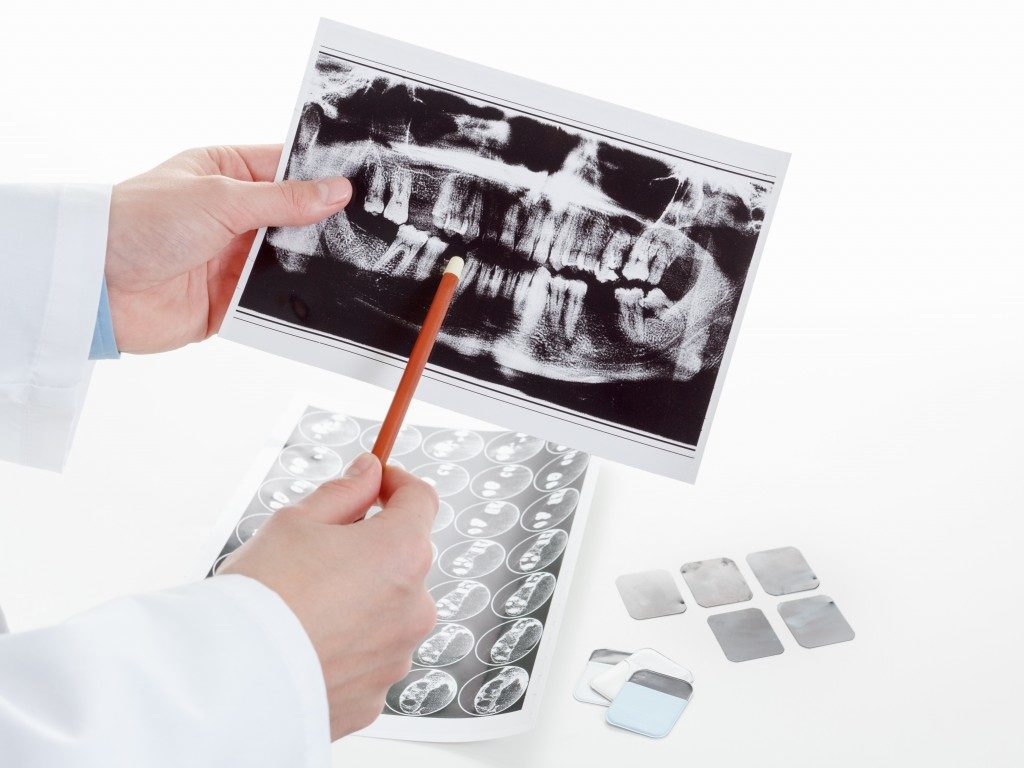In years past, the diagnosis of a dental issue primarily relied on a visual examination of patients. Technology has thankfully eased the making of an accurate diagnosis. Other than making your job easier, the diagnostic techniques now used are comfortable for patients and assure them that their treatment is based on facts rather than guesswork.
Cone-beam computed tomography, also known as dental CT scanning or CB-CT, is one of the leading diagnostic techniques for dental practices nowadays. Though the machines can be sourced from most medical equipment stores, labs offering digital orthodontics are your ideal choice for the best technologies.
This option also allows you to inexpensively benefit from dental scanning since you need not buy the scanners. CB-CT comprises a square scanning machine with an inbuilt table or chair for the patients. The scanner’s arm rotates and moves 360 degrees around the client to take images from several angles.
These images will then be assembled into a final 3-D image more detailed compared to traditional x-rays. It includes visual representations of a client’s nerves, teeth, lymph nodes, soft tissues, nasal cavity, and jaws. The following are some areas where dental CT scanning will benefit your practice.
Oral Surgery
Oral surgeons can use CB-CT to analyze the extent, location, and size of cysts, fractures, or tumors in patients and their relationship with surrounding oral structures. With this imaging modality, the clinician can also detect jawbone deformities related to bone grafts, paranasal sinuses and jaw osteonecrosis.
Moreover, the scan can generate details for the formation of a volume surface rendering of clients’ windpipes when battling obstructive sleep apnea.
Orthodontics

In orthodontics, CB-CT applies for the assessment of an unerupted tooth’s position more so when impacted and the resorption of teeth near the impacted one. It is also crucial when assessing the extent of cleft palate, and maxillary expansion while investigating orthodontic appliance-associated paresthesia.
In instances where you use a mini-screw implant for the anchorage of false teeth, dental CT scanning will prove beneficial for the analysis of the precise implant placement location and jawbone density.
Endodontics
Dental CT scanning is used in endodontics for the diagnosis of caries in non-restored teeth and the extent of periapical lesions. It also plays a crucial role in identifying the root canals that will be cleaned, shaped, assessed, and obturated during endodontic treatment.
Dental CT scanning will also help in the diagnosing and managing root and alveolar fractures and displacement or luxation.
Implantology
Dental implants are currently the leading choice for filling gaps between teeth. Scanning provides the highest level of implant placement predictability and evaluation accuracy. With the scan, you can evaluate a client’s jawbone width and height and its sufficiency for implant placement.
This way, you can plan procedures to augment the jawbone before implant placement if it is inadequate for the same.
Maximizing profits in the cutthroat completion in dental practices nowadays is essential. Once you get clients through your doors, you should ensure their treatment leaves a positive impression that makes them repeat clients and encourages them to refer you to other people.
With a dental lab for CT scanning in the above areas, happy clients and maximum profits are guaranteed.







